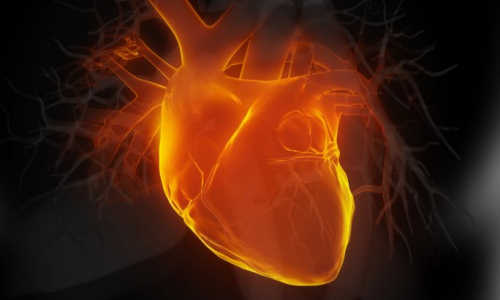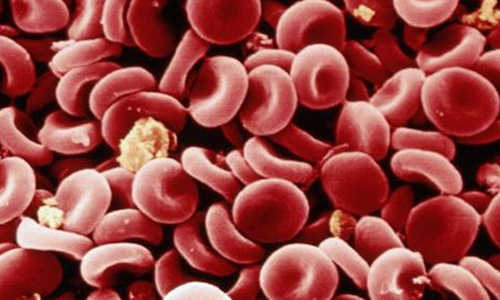Researchers have developed a novel three-dimensional, multiscale and multicomponent model of endothelial cells monolayer, the inner lining of artery, to identify the cellular mechanisms involved in cardiovascular diseases (CVD). New research based on the model is able to identify the main cellular pathways involved in the initiation and progression of the disease.
The model allows researchers, for the first time, to see how changes in blood flow patterns are transmitted within cell monolayers and through the cellular components. In certain regions of the vasculature, an increased permeability of the blood vessel endothelium enhances the accumulation of cholesterol-laden low-density lipoprotein (LDL) along with the transmigration of neutrophil leukocytes (white blood cells) from the bloodstream into the vessel wall inner layer. In these regions, it is believed the disturbed blood flow is linked to the cellular shape change and activation of all related mechanisms.
This model also quantifies the intracellular and intercellular mechanical stresses in a confluent vascular monolayer, for the first time. The model is able to cross the boundaries between different length scales in order to provide a global view of potential locations for the disease activated by shear forces from blood.
The model allowed the researchers to answer the questions that experiments could not answer. For example, the model estimates the forces per molecule in the cell attachment points to the external cellular matrix and cell–cell adhesion points. The research suggests that direct force-induced activation by single molecules is possible at both signaling pathways.
Model can help drug development
The model could provide a solid basis for the design of most effective therapeutics to prevent the progression of CVDs. According to Dabaghmeshin, there are a lot of medicines for the disease but not all of them are effective because they are designed to treat the causes of the CVDs but not the cellular responses to the causes.
“The root is that there are pathways that become activated by e.g., age-related wall stiffness and if we can somehow prevent that activation, then that’s the point. The drug should aim to target the cellular responses to wall stiffness, rather than stiffness itself,” Dabaghmeshin explains.
The model can be also extended to other applications from studying microfluidics to nano-materials.
Cardiovascular diseases (CVDs) are the largest cause of death in Europe and responsible for 2 million deaths per year. CVDs are one of the leading causes of long term sickness and loss to the labor market and they cost the EU economy almost 110 billion euros a year. Therefore, CVDs are a major health problem in every country in EU. CVDs are some of world’s largest health problems. According to World Health organization (WHO) they are the number one cause of death in the world accounting for 30 percent of deaths worldwide and 42% in the EU.
Story Source:
The above story is based on materials provided by Lappeenranta University of Technology, LUT.




